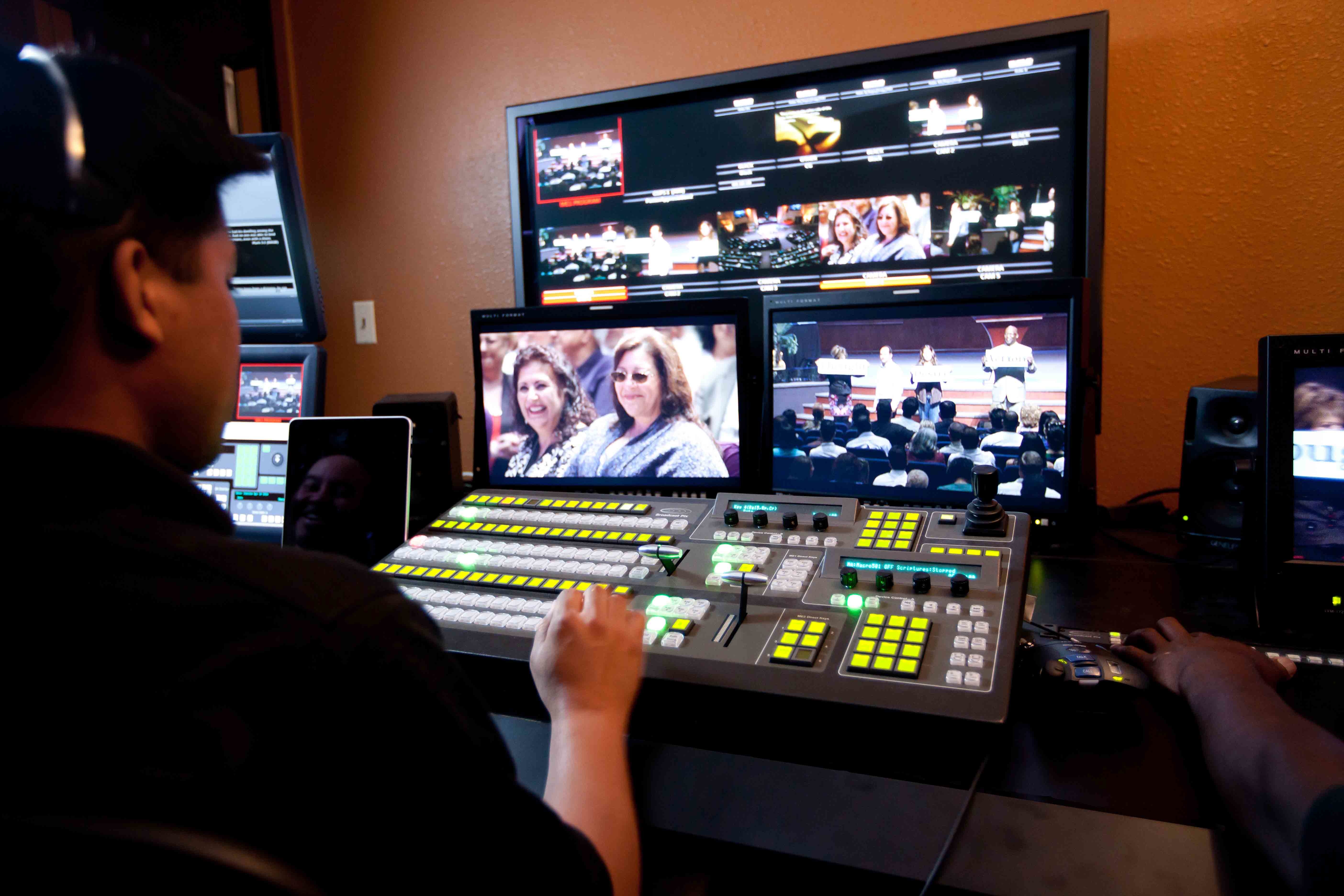How Live Is Live TV? Exploring the Complexities of Live Broadcasting
# Capturing the Moment
Live television aims to broadcast events as they unfold in real-time. Whether it’s a news bulletin, sports match, or music performance, viewers expect to watch the action live and unedited. However, achieving true liveness is increasingly complex in today’s media landscape. While some programs transmit with minimal delay, most incorporate short periods to allow for issues like censorship, broadcast formatting, or transmission constraints.

# The Illusion of Instantaneity
Even seemingly instant livestreams have a delay built-in. Broadcast and internet signals cannot travel at the speed of light, so a few seconds gap is inevitable between recording and reception. Live sports especially rely on this illusion, as goals or tackles are rarely truly “live” for all audiences. During fast-paced matches, short delays preserve the thrill for viewers by hiding these technical limitations. Transmission pipelines now digitize, encrypt and bundle multiple television stations, introducing more delays between studio and home.
# Concerts: Live Performance or Live Broadcast?
In the past, music shows purportedly aired completely live concerts and performances. However, extended commercial breaks cast doubts on their true liveness. Later reveals proved many concerts were pre-recorded the previous night. While still live musical performances, this practice misled viewers into believing the broadcast was happening simultaneously. A true live transmission leaves no room for breaks or errors without disrupting the entertainment.
# Morning Shows Walk the Line
Morning talk programs take a hybrid approach, presenting a live studio environment while carefully controlling risks. The View and others employ live-to-tape formats, broadcasting discussions only seconds after recording to enable censorship. Minor speech issues can be edited out without interrupting the flow. Programs also pre-record certain planned segments in advance for smoother pacing. This delicate balance aims to feel live while avoiding accidental offenses.
# News Covers Controversy in Real-Time
24-hour cable news networks strive for live immediacy in their rolling coverage of breaking events. Incidents of accidental swearing prove these broadcasts transmit with virtually no delay. However, live reports still face challenges. Remote links endure signal lags, and live shots risk capturing unplanned moments. Minor delays could prevent such controversies from airing, though editing would compromise the perception of real-time reporting. Maintaining true liveness requires accepting some spontaneity risks.
# Achieving a Balance of Control and Spontaneity
Broadcasters must navigate the tricky terrain between full live treatment and complete pre-recording. Each format carries tradeoffs around control, immediacy and authenticity. While true liveness remains an ideal, short delays preserve content flow and allow pruning of errors. New technologies may one day eliminate transmission gaps, but spontaneity will always harbour unpredictable risks. For now, a balance of live-to-tape and pre-planned elements satisfies audiences seeking both instant access and carefully crafted presentations. Defining ‘live’ grows increasingly complex in our on-demand digital era.
